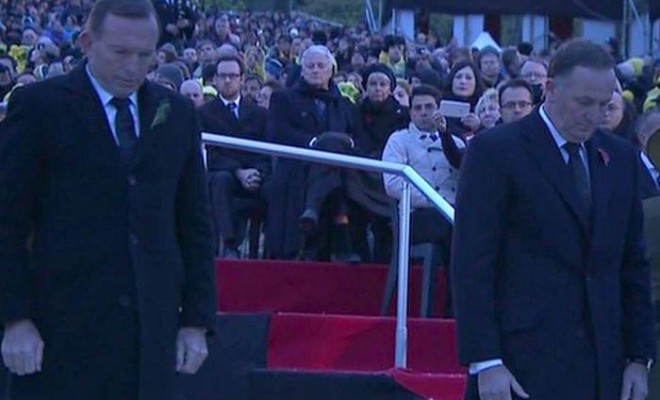
ANZAC DAY 2015
Today, the 25th of April 2015, marks 100 years since landing of the Anzacs in Gallipoli. Despite being a century old, their story is known to many.
Starting in 1914, cabled reports from Europe gave an increasingly desperate forecast – Europe was teetering towards war in a conflict between an increasingly stronger and powerful German empire and the rival British, French and Russian alliance.
As Britain returned to work after the August Bank Holiday Monday, war was declared on Germany and the declaration involved the whole British Empire. Australia’s Prime Minister Joseph Cook said: “If the Old Country is at war, so are we”.
There was almost jubilation at the outbreak of war. Most thought that the war would be all over by the end of that year, and men rushed to recruiting centres because they didn’t want to miss the excitement and adventure.
Canada offered 30,000 men, Australia pledged 20,000 and New Zealand already had compulsory military training. For the war In Europe, Australia raised a new army of volunteers – the Australian Imperial Force (the AIF). Recruiting began within days of the declaration of war.
The convoy with the Australian Division assembled in late October, and they were then joined by the New Zealanders. They formed the Australian and New Zealand Army Corps – the Anzacs – on their way to Europe via the Suez canal. Arriving in Egypt, the ANZACS disembarked and camped near the pyramids ready for action against Turkey which had joined Germany in the war.
The Russians who were fighting on Germany’s eastern front, wanted the British and French to tackle the Turks to reduce pressure on Russia. The Anzacs Joined the British and French in a dreadful initiation of fire at Gallipoli. The British commanders anticipated that the Gallipoli peninsula would be “open to landing on very easy terms” and Turkey would have a force of only 40,000 to meet them.
On 25 April 1915, the Anzacs landed at a difficult and desolate spot on the Gallipoli peninsula and the Turks appeared to be ready for them. The Anzacs made little headway over a series of rocky heights covered with thorny scrub. At great cost the Anzacs, British and French made small advances, but its force was wasting with casualties and sickness, while the Turks were able to strengthen their forces.
In August another offensive was made against the Turks, casualties were heavy, but it failed and a defeat was inevitable. The Gallipoli campaign was a disaster, and while Military censorship prevented the true story being told, a young Australian journalist, called Keith Murdoch (father of Australian newspaper tycoon Rupert Murdoch) smuggled the story about the scale of the Dardanelles disaster back to the Australian Prime Minister who sent it on to the British Prime Minister David Lloyd George, who was no friend of the British military establishment. It led directly to the dismissal of the British commander, Sir Ian Hamilton who never again was to hold a senior military position.
The British Government ordered an evacuation. By day, the Anzacs kept up their attacks with more Anzacs observed to be landing – by night the force was withdrawn, broken only by sporadic rifle and gunfire. On 20 December 1915, the Anzac retreat was complete, unnoticed by the Turks who continued to bombard the Anzacs’ empty trenches. On 9 January 1916, the Turks carried out their last offensive on Gallipoli, revealing only that the entire force had withdrawn without casualty. The evacuation was the Allies most successful operation in Gallipoli.
A British Royal Commission into Gallipoli concluded that from the outset the risk of failure outweighed Its chances of success. The British had contributed 468,000 in the battle for Gallipoli with 33.512 killed. 7,636 missing and 78,000 wounded.
Today, Australians recognise 25 April as an occasion of national remembrance, which takes two forms. Commemorative ceremonies are held at dawn – the time of the original landing – across the nation. Later in the day, former servicemen and servicewomen meet to take part in marches through the major cities and in many smaller centres. Commemorative ceremonies are more formal and are held at war memorials around the country. In these ways, Anzac Day is a time at which Australians reflect on the many different meanings of war.
pictures below :
Turkish soldiers dressed in WWI costume sit on horseback at Gallipoli, ABC
Prime Minister Tony Abbott and New Zealand Prime Minister John Key at Anzac Cove in Gallipoli, ABC





You must be logged in to post a comment Login